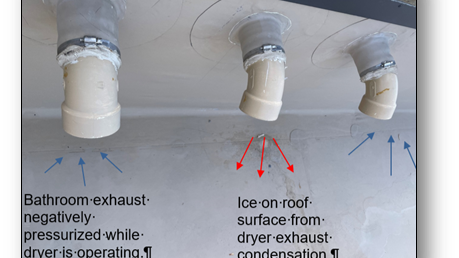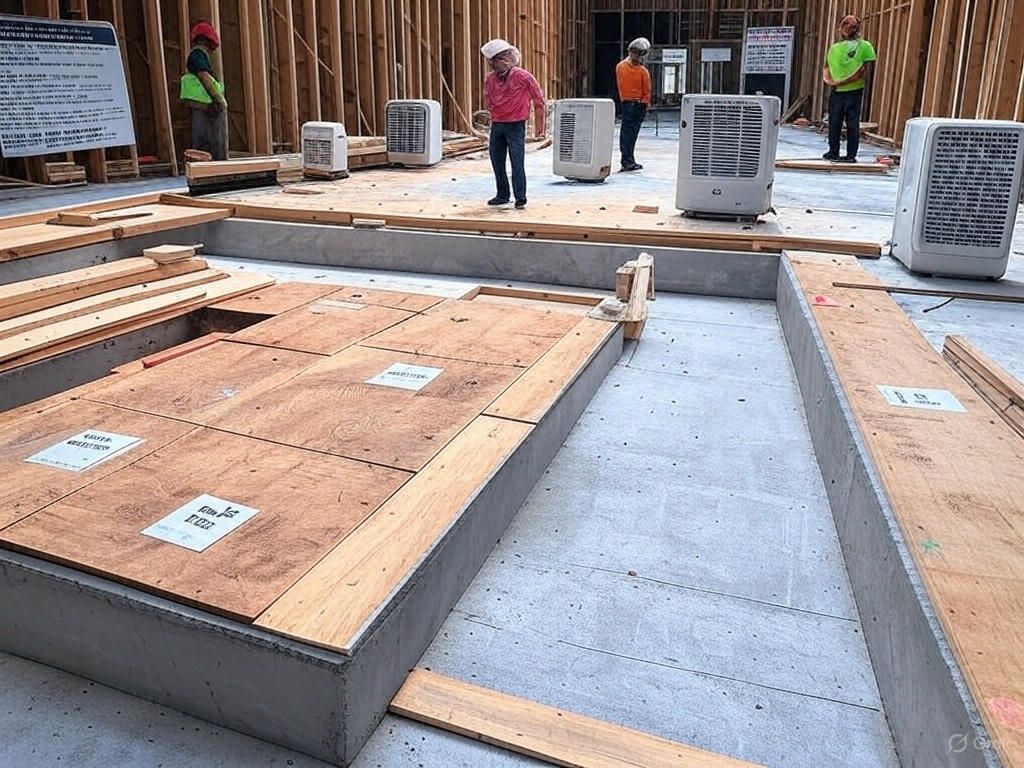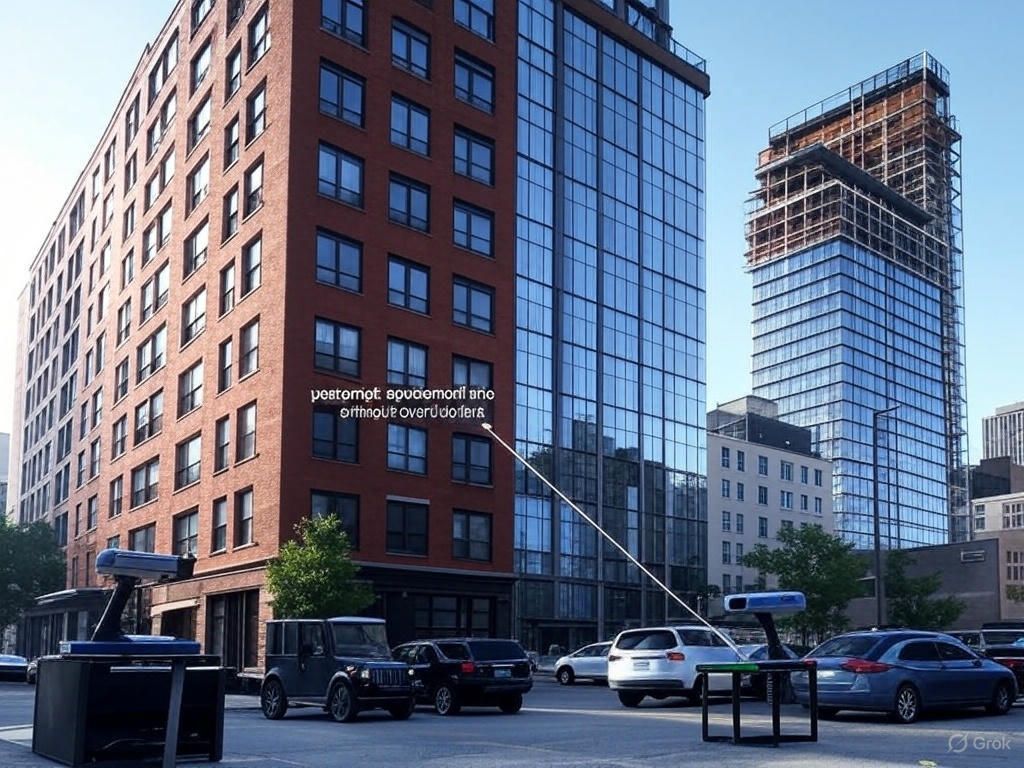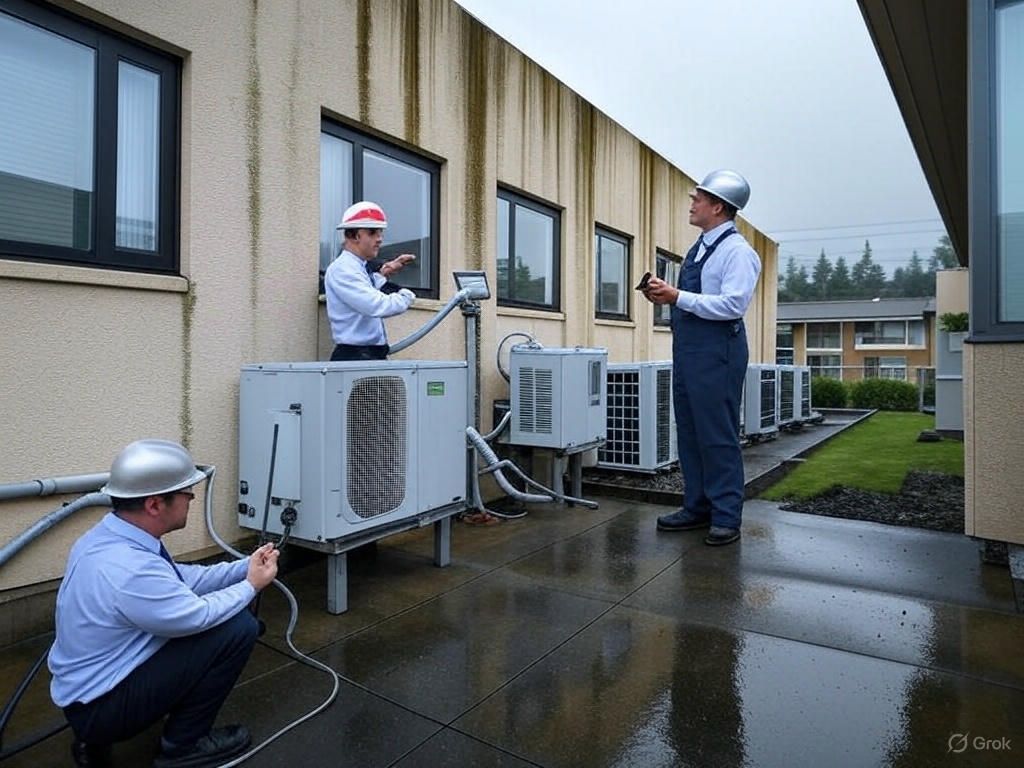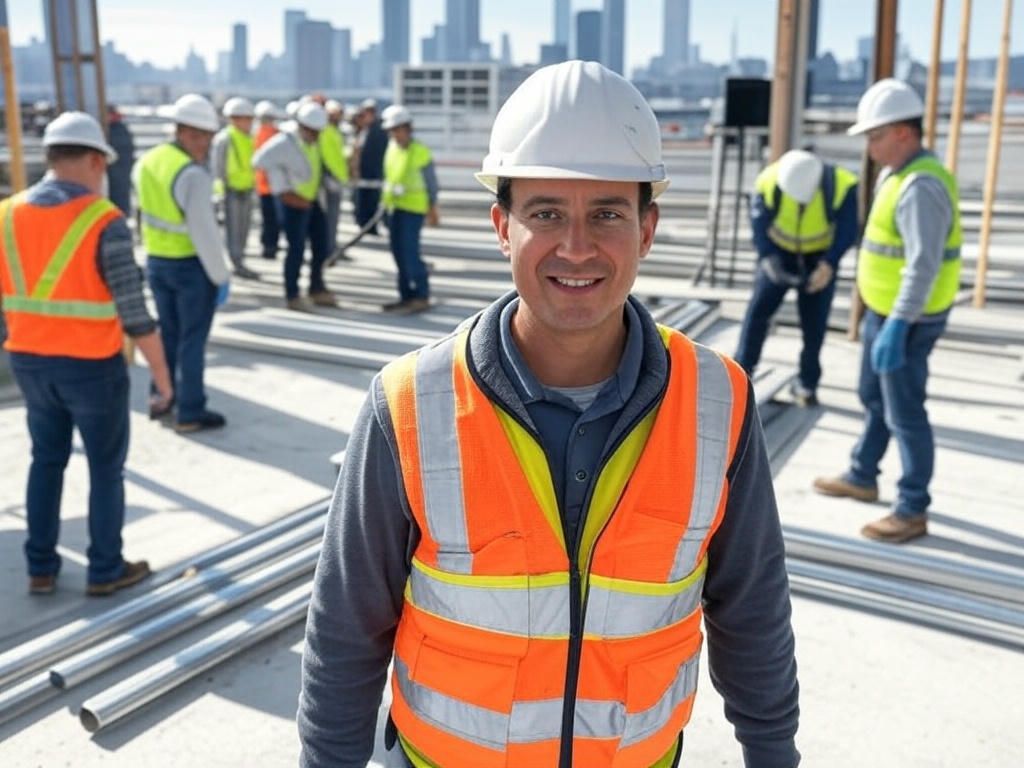Nate • 15 May 2025
What is a Construction Forensic Expert?

The Role of Construction Forensic Experts in Water Loss and Building Failure Claims: Ensuring Transparency and Cost Control
Water loss and building failure claims are among the most common and costly issues faced by property owners, insurance companies, and contractors. From burst pipes to structural collapses, these incidents can lead to significant financial and emotional strain. While mitigation contractors are often the first to respond, their approach—frequently involving extensive demolition and component removal—can result in inflated repair costs and unnecessary destruction. Enter the construction forensic expert, a specialized professional who investigates the cause and origin of these claims with precision, ensuring transparency, cost awareness, and accountability throughout the claims process. In this article, we’ll explore why construction forensic experts are essential, contrast their approach with standard mitigation practices, and highlight how they save time, money, and stress for all stakeholders.
What is a Construction Forensic Expert?
A construction forensic expert is a highly trained professional with expertise in engineering, construction, and investigative techniques. They specialize in determining the cause and origin of property damage, such as water loss (e.g., leaks, floods) or building failures (e.g., structural cracks, collapses). Using advanced diagnostic tools, scientific methodologies, and industry knowledge, these experts provide detailed reports that pinpoint the root cause of damage, assess the extent of necessary repairs, and recommend cost-effective solutions.
Key Responsibilities of a Construction Forensic Expert:
- Cause and Origin Analysis: Identifying whether a water loss stems from a plumbing failure, roof leak, or external flooding, or if a building failure results from design flaws, material defects, or environmental factors.
- Damage Assessment: Evaluating the scope of damage to determine what needs repair or replacement, avoiding unnecessary demolition.
- Expert Testimony: Providing objective, evidence-based reports for insurance claims, legal disputes, or litigation.
- Cost Estimation: Offering accurate repair cost projections based on the specific damage, preventing inflated or unsubstantiated expenses.
Unlike mitigation contractors, who focus on immediate cleanup and restoration, forensic experts prioritize investigation and precision, ensuring repairs are targeted and justified.
The Problem with Standard Mitigation Contractors
Mitigation contractors are typically the first responders to water loss or building failure claims. Their role is to stabilize the property, prevent further damage, and begin the restoration process. However, the standard model of mitigation often involves over-aggressive demolition, where contractors strip interiors, remove building components, or gut entire rooms without a thorough investigation. This approach can lead to unsubstantiated costs and unnecessary destruction, complicating claims and inflating repair budgets.
Common Issues with Mitigation Contractors:
- Excessive Demolition: Contractors may remove drywall, flooring, or structural components that could be salvaged with proper drying or targeted repairs, driving up costs.
- Lack of Cause Analysis: Without investigating the root cause, contractors may address symptoms (e.g., wet carpet) rather than the source (e.g., a hidden pipe leak, condensation, roof leak), leading to recurring damage.
- Opaque Pricing: Some contractors provide vague or inflated estimates, lacking transparency about labor, materials, or overhead, which can confuse property owners and insurers.
- Conflict of Interest: Contractors who both mitigate and restore may have an incentive to recommend extensive repairs to increase project scope and revenue.
For example, in a water loss claim, a mitigation contractor might remove all drywall in a room affected by a small leak, claiming it’s necessary to prevent mold. However, a forensic expert might determine that only a small section requires replacement, with the rest salvageable through drying and treatment, saving thousands in repair costs.
Why Construction Forensic Experts Are Essential
Construction forensic experts offer a scientific, transparent, and cost-conscious alternative to the standard mitigation model. By conducting a thorough investigation before repairs begin, they ensure that claims are handled efficiently and fairly. Here’s why their involvement is critical:
1. Accurate Cause and Origin Determination
Forensic experts use tools like moisture meters, thermal imaging, and structural analysis to identify the exact source of water loss or building failure. For instance, in a water loss claim, they might trace a leak to a specific pipe joint, preventing unnecessary demolition of unaffected areas. In a building failure, they could uncover whether a crack stems from foundation settling or a design flaw, guiding targeted repairs.
Benefit: Prevents recurring damage and ensures repairs address the root cause, not just visible symptoms.
2. Minimized Unnecessary Demolition
Unlike mitigation contractors who may default to stripping interiors, forensic experts assess which components can be salvaged. For example, in a flood scenario, they might recommend drying and sanitizing hardwood floors rather than replacing them, significantly reducing costs.
Benefit: Saves money and preserves the property’s original materials, especially in historic or high-value buildings.
3. Transparency in the Claims Process
Forensic experts provide detailed, evidence-based reports that outline the cause, and extent of damage, and recommended repairs. These reports are shared with property owners, insurers, and contractors, fostering trust and clarity. Unlike vague contractor estimates, forensic reports include itemized cost breakdowns, ensuring all parties understand the scope and justification for repairs.
Benefit: Reduces disputes, streamlines claim approvals, and prevents inflated repair costs.
4. Cost Awareness and Control
By focusing on necessary repairs, forensic experts help property owners and insurers avoid unsubstantiated expenses. Their assessments often reveal opportunities to save money, such as repairing rather than replacing damaged components. Additionally, their reports can serve as a benchmark to evaluate contractor bids, ensuring fair pricing.
Benefit: Keeps repair budgets in check and protects against overbilling or scope creep.
5. Support for Insurance and Legal Claims
In disputed claims or litigation, forensic experts provide objective, court-admissible testimony backed by data. Their reports can substantiate claims for coverage, counter lowball insurance offers, or hold negligent parties (e.g., builders, plumbers) accountable.
Benefit: Strengthens the property owner’s position in negotiations or lawsuits, ensuring fair compensation.
Real-World Impact: Case Studies
Case Study 1: Water Loss in a Commercial Building
A commercial property experienced water damage from a burst pipe. The mitigation contractor recommended removing all drywall and flooring in the affected area, estimating repairs at $250,000. A construction forensic expert was hired and used thermal imaging to trace the leak to a single pipe joint. Their report showed that only 20% of the drywall needed replacement, and the flooring could be dried and salvaged. The revised repair cost was $40,000, saving the property owner and insurer $210,000.
Case Study 2: Structural Failure in a Historic Home
A historic home developed cracks in its foundation. The mitigation contractor proposed a full foundation replacement, costing $200,000. A forensic expert conducted a structural analysis and determined the cracks resulted from minor soil settling, requiring only targeted reinforcement. Repairs cost $50,000, preserving the home’s historic integrity and saving $150,000.
These examples illustrate how forensic experts deliver targeted, cost-effective solutions, contrasting with the often heavy-handed approach of mitigation contractors.
Best Practices for Property Owners
To maximize transparency and cost control in water loss or building failure claims, property owners should consider the following steps:
- Hire a Forensic Expert Early: Engage a construction forensic expert before mitigation begins to assess the cause and scope of damage. This ensures repairs are targeted and justified.
- Request Detailed Reports: Ask for itemized reports from both forensic experts and contractors, comparing them to identify discrepancies or inflated costs.
- Communicate with Insurers: Share forensic reports with your insurance adjuster to substantiate your claim and expedite approval.
- Monitor Mitigation Work: Oversee contractors to ensure they follow the forensic expert’s recommendations, avoiding unnecessary demolition.
Conclusion: The Case for Construction Forensic Experts
Water loss and building failure claims are complex, high-stakes processes that demand accuracy, transparency, and cost awareness. While mitigation contractors play a vital role in stabilizing properties, their tendency to over-demolish can lead to unsubstantiated costs and unnecessary destruction. Construction forensic experts offer a smarter alternative, using scientific investigation to pinpoint the cause and origin of damage, recommend targeted repairs, and provide transparent, evidence-based reports. By involving a forensic expert early in the claims process, property owners and insurers can save thousands, preserve property value, and ensure fair settlements.
Don’t let excessive demolition or opaque pricing derail your claim. Hire a construction forensic expert today to bring clarity, control, and cost efficiency to your water loss or building failure claim.
Contact Construction Science Forensics now to protect your property and your wallet.
